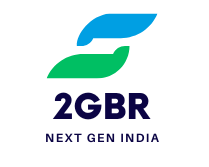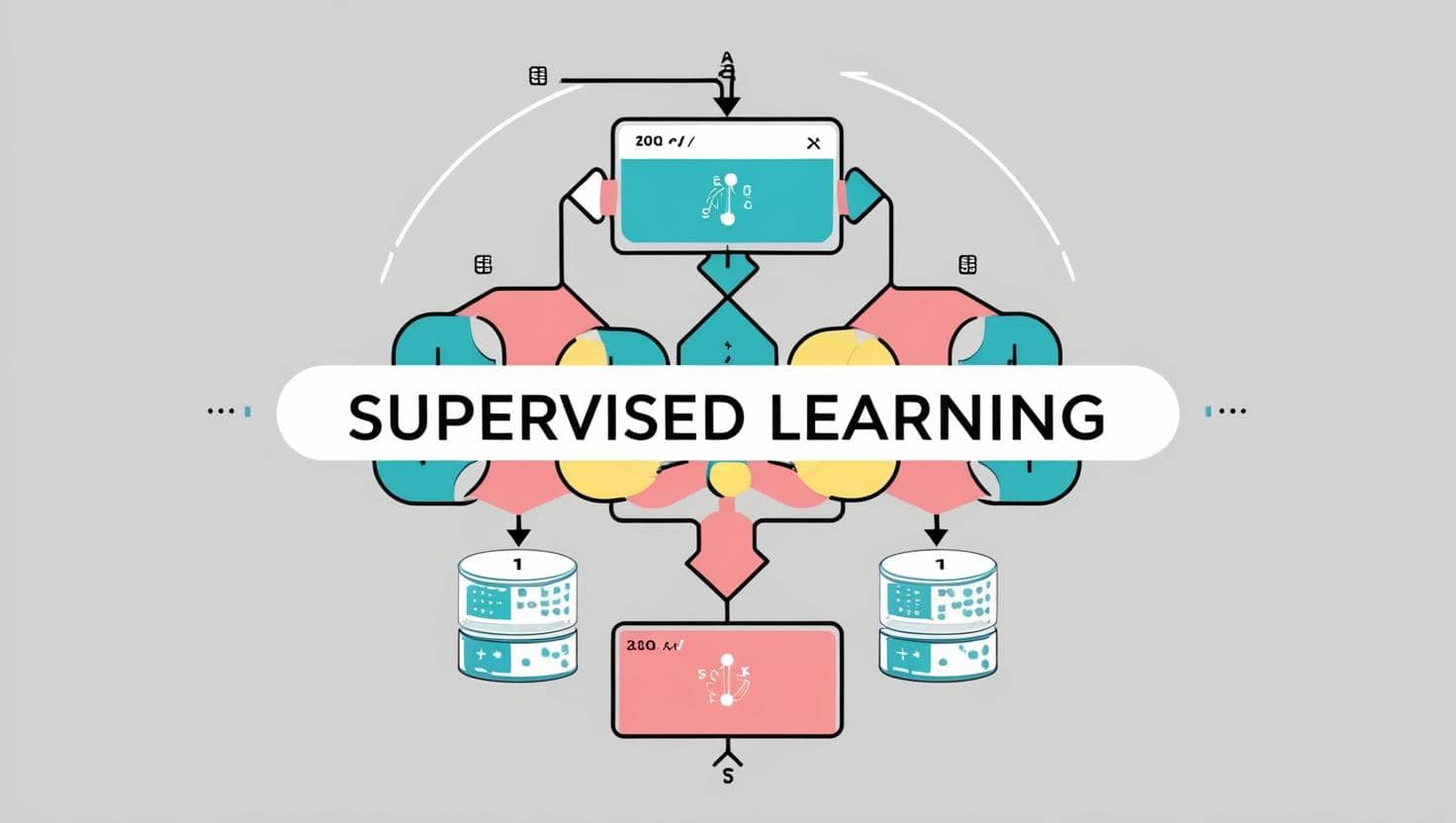
Supervised Learning is a type of machine learning in which the model is trained on labeled data. The goal of supervised learning is to learn a mapping function from input to output, enabling the model to predict the output for new, unseen data. This is one of the most widely used and well-known types of machine learning algorithms, as it forms the foundation of many practical AI applications.
In this article, we will explore supervised learning in-depth, covering the fundamental concepts, types of problems it solves, how it works, and real-world applications.
What is Supervised Learning?
Supervised learning is a method of machine learning where the model is trained on a labeled dataset. A labeled dataset means that each data point in the training set is paired with a corresponding label or output. The model learns to predict the output or label by identifying patterns and relationships in the data.
The term “supervised” refers to the fact that the learning process is guided by the labels provided in the training dataset. Essentially, the model is given the correct answers during training, and the goal is for the model to make predictions that are as accurate as possible when presented with new, unseen data.
Types of Supervised Learning
Supervised learning can be broadly categorized into two types based on the nature of the output labels or targets: Regression and Classification.
1. Regression
In regression problems, the output variable is continuous. The goal of the model is to predict a numerical value based on the input features. Examples of regression problems include:
- Predicting house prices based on features such as size, location, and number of rooms.
- Estimating a person’s salary based on factors like experience, education, and industry.
- Forecasting stock prices based on historical data.
Some popular regression algorithms include:
- Linear Regression
- Support Vector Regression (SVR)
- Decision Trees for Regression
- Random Forest Regression
- K-Nearest Neighbors (KNN) for Regression
2. Classification
In classification problems, the output variable is categorical. The goal is to classify the data points into one or more classes or categories. Examples of classification problems include:
- Classifying emails as spam or not spam.
- Diagnosing diseases based on symptoms and medical data (e.g., cancer diagnosis as malignant or benign).
- Classifying images of animals into categories such as cats, dogs, or birds.
Some popular classification algorithms include:
- Logistic Regression
- Support Vector Machines (SVM)
- Decision Trees for Classification
- K-Nearest Neighbors (KNN) for Classification
- Naive Bayes Classifier
- Random Forest Classification
Key Components of Supervised Learning
Supervised learning involves several key components that contribute to the overall learning process. These components include:
1. Training Data
The training data is the labeled dataset that is used to teach the model. Each data point in the training set contains input features (also called independent variables or predictors) and a corresponding output label (dependent variable or target). The model uses this data to learn the relationship between the features and the label.
2. Model
The model is an algorithm that learns from the training data. It maps the input features to the output labels. The model’s purpose is to generalize from the training data so that it can make accurate predictions on new, unseen data.
3. Features
Features are the input variables used by the model to make predictions. Features can be numerical, categorical, or text-based, depending on the problem. For example, in a house price prediction problem, features might include the size of the house, the number of bedrooms, and the location.
4. Labels
Labels (also called targets or outcomes) are the output variables that the model is trying to predict. In regression tasks, labels are continuous variables, while in classification tasks, labels are categorical.
5. Loss Function
A loss function, also known as the cost function or error function, measures the difference between the model’s predictions and the actual labels. The goal of training is to minimize the loss function, which indicates that the model’s predictions are getting closer to the true labels.
6. Optimization Algorithm
An optimization algorithm is used to minimize the loss function. The most common optimization algorithm used in supervised learning is gradient descent. The algorithm adjusts the model’s parameters iteratively to reduce the loss function.
7. Test Data
After training the model on the training data, the model is evaluated using test data, which is a separate dataset that the model has never seen before. The test data helps assess the model’s generalization ability, i.e., how well it performs on unseen data.
Steps in Supervised Learning
Supervised learning follows a systematic process, including the following steps:
Data Collection: The first step in any supervised learning project is to collect the relevant data. This data should include both input features and corresponding output labels. Data collection can come from various sources, including sensors, online databases, surveys, or previous experiments.
Data Preprocessing: Raw data often requires preprocessing before it can be used for training. This step includes tasks such as:
- Handling missing values
- Encoding categorical variables (if applicable)
- Normalizing or scaling numerical features
- Removing outliers or noisy data
Splitting the Data: The dataset is typically split into two main subsets: the training set and the test set. A typical split might involve 70%-80% of the data used for training and 20%-30% reserved for testing. This division ensures that the model is evaluated on unseen data, preventing overfitting.
Model Selection: Choosing the right machine learning model is critical to the success of supervised learning. Depending on the nature of the problem (regression vs. classification), the data’s characteristics, and the desired level of complexity, different algorithms can be tested. Some algorithms may perform better on specific types of problems.
Training the Model: In the training phase, the model is trained on the training dataset. The learning algorithm updates the model’s parameters based on the loss function, improving the model’s ability to predict the correct labels. This process continues iteratively until the model reaches an optimal state.
Model Evaluation: After training, the model’s performance is evaluated using the test dataset. Evaluation metrics depend on the type of task (regression or classification) and can include:
- For Regression: Mean Absolute Error (MAE), Mean Squared Error (MSE), R-squared (R²).
- For Classification: Accuracy, Precision, Recall, F1-Score, Confusion Matrix, AUC-ROC Curve.
Tuning Hyperparameters: Hyperparameters are settings or configurations that control the training process. For example, the learning rate in gradient descent or the maximum depth of a decision tree. Tuning these hyperparameters can significantly improve the model’s performance. Techniques like grid search or random search are commonly used for hyperparameter tuning.
Deployment: Once the model is trained and evaluated, it can be deployed for making real-time predictions on new, unseen data. The deployment stage often involves integrating the model into a production environment, such as a web application or a mobile app.
Advantages of Supervised Learning
- Accuracy: Supervised learning algorithms tend to be accurate because the model is trained with labeled data, making it easy to understand the relationship between input and output.
- Versatility: Supervised learning can be applied to a wide range of problems, including both regression and classification tasks.
- Interpretability: Some supervised learning models, such as linear regression and decision trees, are highly interpretable, meaning the model’s decisions can be easily understood and explained.
- Clear Objective: Since the model is given explicit labels during training, the learning process has a clear objective: minimize the loss function.
Challenges of Supervised Learning
- Labeled Data Requirement: One of the primary challenges of supervised learning is the need for large amounts of labeled data. Labeling data can be time-consuming, expensive, and sometimes impractical, especially in domains like medical diagnoses or natural language processing.
- Overfitting: Overfitting occurs when the model learns the training data too well, including noise and outliers, making it perform poorly on new data. Regularization techniques and cross-validation are used to mitigate overfitting.
- Bias: If the training data is biased, the model will also be biased. Ensuring the data is representative of the real-world distribution is critical to preventing biased predictions.
Real-World Applications of Supervised Learning
Supervised learning is employed in numerous real-world applications across various industries. Some notable examples include:
- Healthcare: Predicting patient outcomes, diagnosing diseases, and classifying medical images.
- Finance: Credit scoring, fraud detection, and algorithmic trading.
- Retail: Personalized recommendations, customer segmentation, and demand forecasting.
- Autonomous Vehicles: Object detection and classification for self-driving cars.
- Natural Language Processing (NLP): Sentiment analysis, language translation, and text classification.

